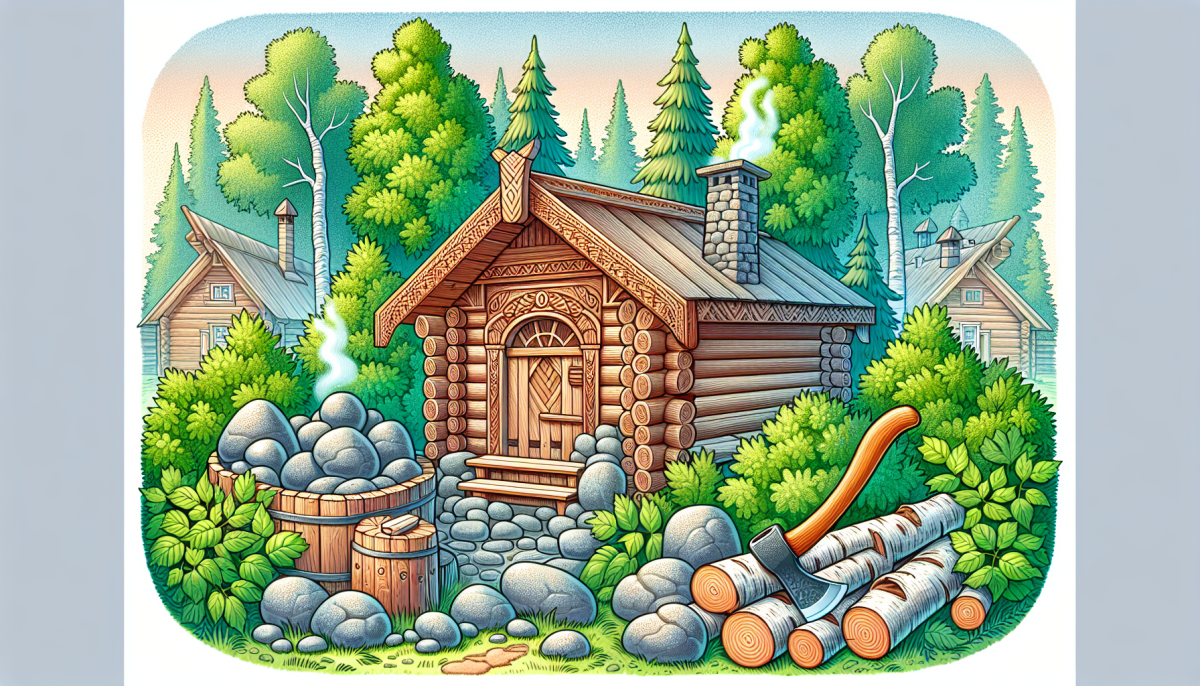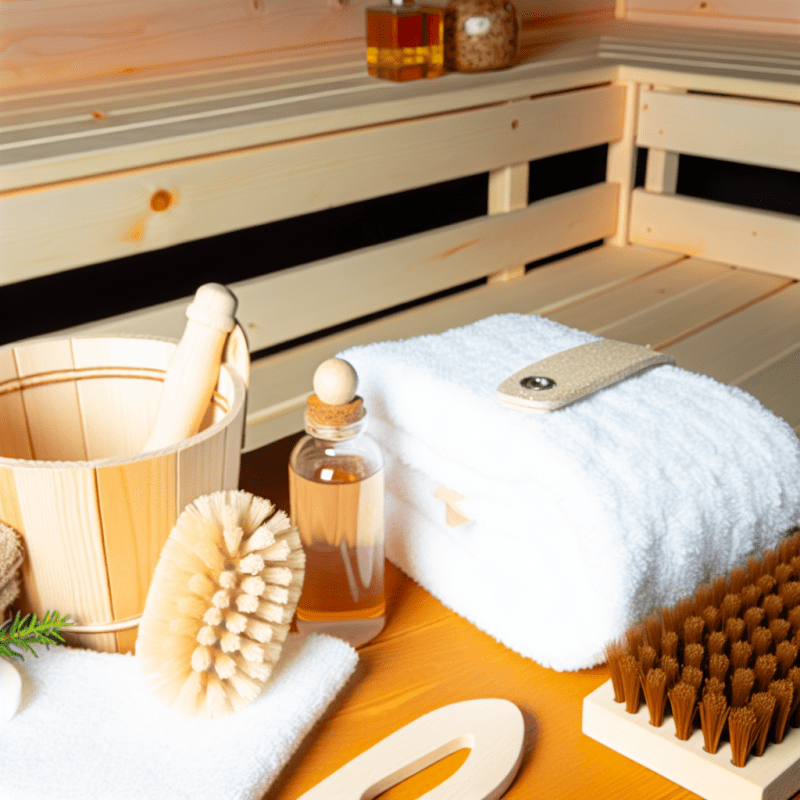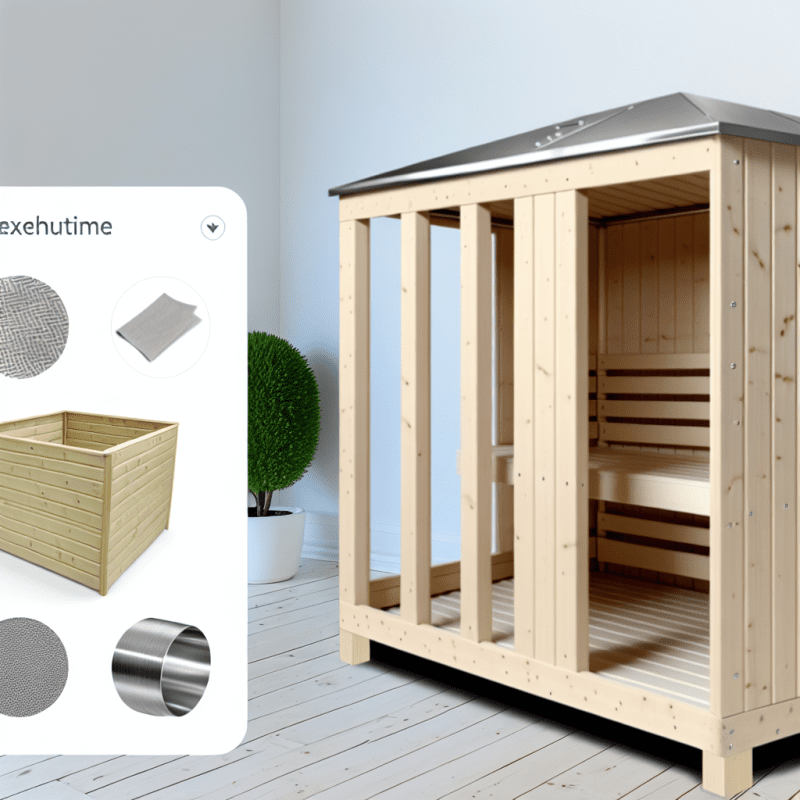Saunas have a rich history that dates back thousands of years. Originating in Finland, these cozy, steam-filled spaces weren’t just about relaxation; they played a big role in everyday life. Early saunas were simple structures, often made from logs. Families would gather in these wooden huts to socialize, cleanse their bodies, and even give birth! Talk about multitasking.
The traditional Finnish sauna features a stone stove called the kiuas, where water is poured over hot stones to create steam. This practice not only warms the room but also helps people unwind and connect. As time passed, the sauna became a staple in Finnish culture, representing community, health, and well-being. It’s amazing how something so simple can hold such deep meaning!
As Finnish immigrants made their way to other parts of the world, they brought their beloved saunas with them. In the early 20th century, saunas started popping up across the United States and Canada. They gained popularity not just for their health benefits but also for providing a unique social experience. Friends would hang out, chat, and enjoy good company while sweating it out. It was a win-win!
Today, saunas have evolved to include various styles and technologies. From traditional wood-burning saunas to modern infrared options, there's something for everyone. The charm of those original Finnish saunas remains, but you can now experience the benefits in new and exciting ways. Whether you're looking to relax after a long day or improve your health, the sauna's enduring legacy is still alive and well.
Traditional Sauna Practices Through Time
Saunas have a rich history that stretches back thousands of years. They originated in Finland and were an essential part of life for many cultures. These cozy spaces offered more than just warmth; they served as spots for social gatherings and wellness. Imagine stepping into a room filled with stones that have warmed up over a fire, creating a soothing and calming atmosphere.
In the early days, saunas were often dug into the ground, acting like natural steam baths. The heat came from hot stones that were heated outside and then brought into the sauna. This method allowed for a gentle steam that felt amazing on the skin. Over time, people began to build wooden structures, leading to the traditional log cabin-style saunas we know today.
Different cultures adapted sauna practices for their own needs. In Russia, banyas became popular, adding a unique twist with whisking branches (known as "venik") to help increase circulation. Meanwhile, in Japan, the practice of "sento," or public baths, incorporated elements of the sauna experience. Each culture made the sauna their own, but the central idea remained—the sauna was a place to relax and rejuvenate.
Fast forward to today, and saunas have evolved but still hold onto those original traditions. Modern saunas now come in various styles, from traditional wood-burning to infrared models. Regardless of the type, stepping into a sauna still feels like a warm embrace, a nod to those ancient practices that promote relaxation and well-being.
Evolution of Sauna Designs
Saunas have come a long way since their humble beginnings, right? Originally, sauna designs were pretty basic—think hot stones and wooden huts. The ancient Finns used these setups as a way to cleanse the body and mind. They welcomed cold weather, believing that the heat brought both relaxation and health benefits.
Over the years, saunas started to evolve. In the 1950s, electric heaters became popular, making it easier for people to enjoy a sauna anytime without the hassle of starting a fire. This shift opened up sauna culture to a wider audience, and soon cities began adding saunas to gyms and wellness centers. It wasn't just a Scandinavian thing anymore.
Then came the infrared sauna, which really shook things up in the late 20th century. Instead of heating the air, these saunas use infrared light to heat your body directly. This design change appealed to folks who wanted a lower-temperature experience without sacrificing benefits like detoxification and relaxation.
Today, you can find a variety of sauna styles, from traditional wooden models to sleek, modern designs with glass walls. There's even a huge trend toward portable saunas that you can set up in your backyard. Whatever your preference, the evolution of sauna designs shows how these spaces adapt to our needs, making relaxation more accessible than ever.
Modern Saunas and Their Popularity
Modern saunas are all the rage right now, and it’s easy to see why. They mix the age-old tradition of sauna bathing with sleek designs and the latest technology. People love the idea of taking a break from their busy lives and unwinding in a warm, soothing space.
You’ll find a variety of types available, from traditional wood-fired saunas to electric models and infrared saunas. Each offers a unique experience. For example, infrared saunas heat your body directly without warming up the whole room. This means you can enjoy the benefits of a sauna without feeling super hot in a crowded space.
Plus, modern saunas often come with fancy extras. Bluetooth speakers, color-changing LED lights, and temperature controls make them feel like a luxury retreat right in your home. They’re not just functional; they can really enhance your home's vibe and give you that spa-like experience anytime you want.
With wellness trends on the rise, more folks are recognizing the health benefits of regular sauna use. From improved circulation to better skin and even stress relief, it’s no wonder people are adding these serene escapes to their routines. A sauna isn’t just a place to sweat; it’s a little slice of heaven that encourages relaxation and self-care.



